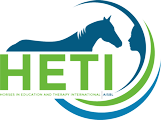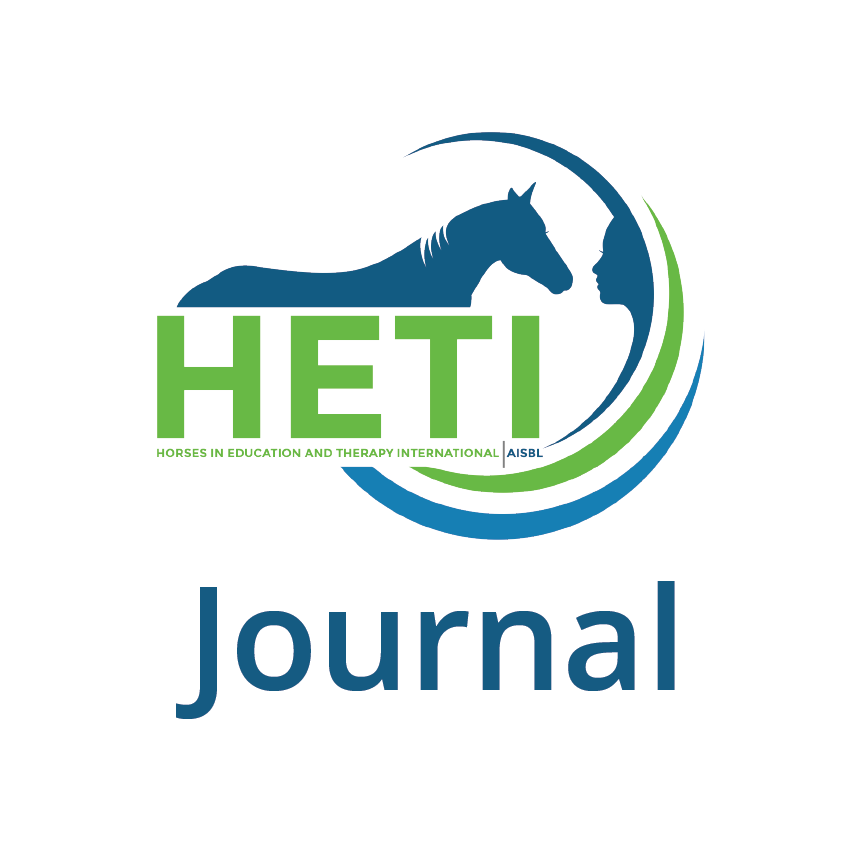Aspects of the Communicative Profile of Children with Special Needs Referred for Hippotherapy 2003
€5.00
| Author | Ana Paula Nobrega & Melo Neves |
|---|---|
| Year | 2003 |
The recognition of hippotherapy as an alternative method of treatment is recent in Brazil and has been receiving contributions from several sciences, apart from speech language therapy that has been enlarging its presence in some hippotherapy centers. With the participation of the speech language therapist in the hippotherapy sessions, themes that weren't considered relevant before have become studied.
Language, through its motor aspects of speech and as communication, has become one of the important objectives in the therapeutic process of hippotherapy, which has amongst its clientele a considerable number of children and adults with altered language.
The idea of this work came from the need for enlarging the knowledge about the children's lack of special language needs in this new context that is hippotherapy. Participants of hippotherapy are exposed to situations that favor changes through the non-verbal language, gestures, corporal contact and through the verbal language, in the interaction with other participants and professionals, in the games and toys, in the driven activities, in their own routine of feeding of the horse, as well as in the affective changes with expression offeelings and desires.
Considering the great importance of the context in language development and its functions, we have tried to observe in this project the communicative behaviors in the practical context of hippotherapy.
In this study, we will include some relevant aspects of this perspective, and discuss various authors' points of view when considering the pragmatics of the language and it's development, especially in terms of the communicative aspect, it's functions and context.

